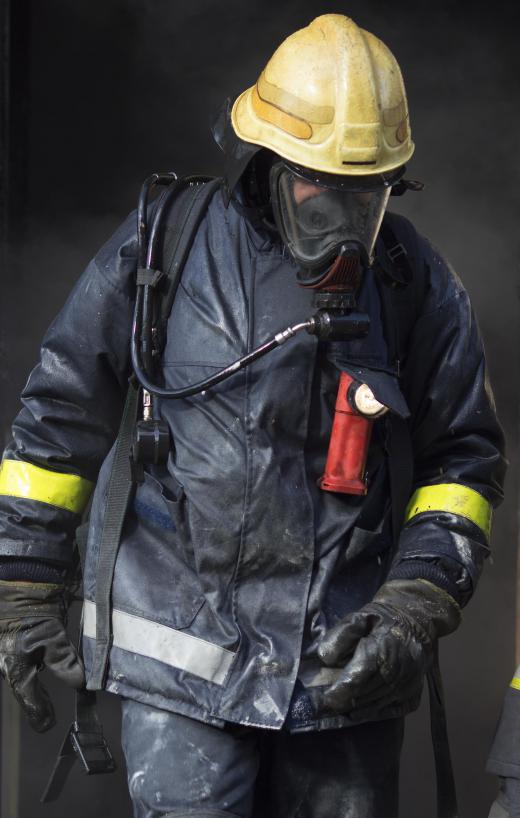Many large buildings have components called standpipes that are used in active fire protection systems. Standpipes are common in high-rise buildings, though they may also be used in low-rise construction if the footprint is large enough. In order to charge a standpipe riser system with water, a Siamese connection may be used. This pipe fitting can allow the connection of two fire hoses to the same standpipe, typically from two different pump trucks. Siamese connections are named after the phenomenon of Siamese twins, which these Y shaped connectors may superficially resemble.
Standpipes are typically located outside buildings near the ground, and they may be free standing or be integrated into the side of the building. The Siamese fitting is a common type of pipe inlet that can be connected to the end of the standpipe. Regulations in many areas require that standpipe systems be charged by hoses from two different pump trucks, which can be accomplished by using both sides of a Siamese connection. When not in use, these fittings will typically be shrouded in plastic safety covers to prevent tampering. Siamese connection covers are usually designed so that a firefighter can break them off quickly.

Once water has been supplied via the Siamese connection, standpipes within the building may be used like remote hydrants to fight the fire. Standpipe risers can carry water up to the top floors of a building, which can be useful in tall structures where it could be dangerous or inconvenient to stretch a hose up many flights of stairs. Inside buildings, standpipe risers will usually have single-ended fittings rather than Siamese type connections. Water supplied by a Siamese connection may also be transported laterally across the floors or ceilings of a building to charge a sprinkler system. Some standpipe systems are already charged with water, in which case they are referred to as being wet.
The phrase Siamese connection may also be applied to any other Y shaped fitting. Garden faucet bibs are often fitted with these so that two hoses can be served from a single source. This is the opposite of the way a Siamese fitting is used in a firefighting context, where two supplies converge in a single pipe. In Siamese faucet connectors, the flow on each side may be adjustable. There may also be a knife switch located on each side, allowing the water flow to be shut off to one or both ends.
